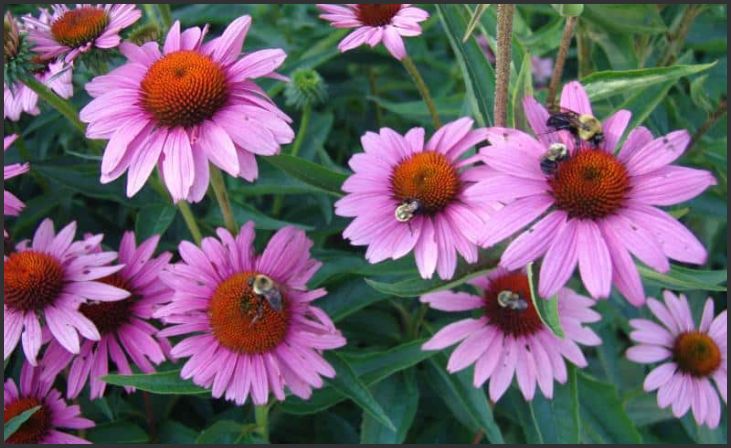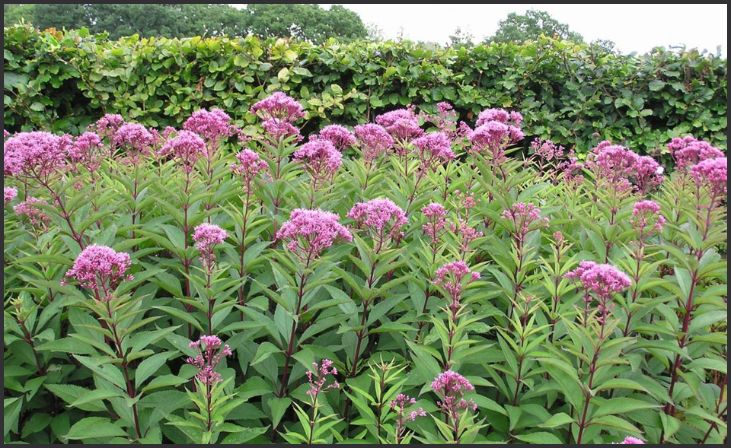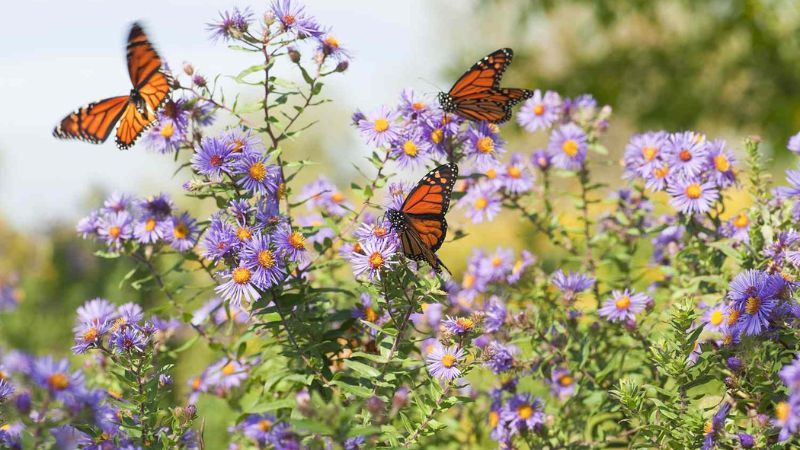Monarch butterflies are known for their incredible migratory journey and their striking orange and black wings. However, these beautiful creatures are increasingly under threat due to habitat loss and declining food sources. Gardeners can play a crucial role in supporting monarch populations by planting specific plants that provide nectar for adults and leaves for caterpillars. Here are eight of the best plants to attract and support monarch butterflies.
1. Milkweed (Asclepias spp.)
Milkweed is undoubtedly the most critical plant for monarch butterflies. Monarchs lay their eggs exclusively on milkweed, and the leaves serve as the sole food source for their caterpillars. There are several species of milkweed, such as common milkweed (Asclepias syriaca), butterfly weed (Asclepias tuberosa), and swamp milkweed (Asclepias incarnata), each thriving in different environments. Planting a variety of milkweed species can help cater to the needs of monarchs throughout their breeding range. Besides being a crucial host plant, milkweed also provides nectar for adult butterflies, making it a comprehensive choice for any monarch-friendly garden.
2. Purple Coneflower (Echinacea purpurea)

Purple coneflower is a perennial favorite among many pollinators, including monarch butterflies. These hardy plants produce large, vibrant blooms that are rich in nectar, attracting not only monarchs but also a variety of other butterflies and bees. Coneflowers thrive in sunny locations with well-drained soil and are relatively easy to grow. They bloom from mid-summer to early fall, coinciding with the peak period of monarch migration. In addition to their ecological benefits, coneflowers add a beautiful splash of color to any garden and can also be used for their medicinal properties.
3. Lantana (Lantana camara)
Lantana is a versatile plant that produces clusters of brightly colored flowers, which are highly attractive to monarchs and other butterflies. Known for its drought tolerance and ability to thrive in hot climates, lantana is an excellent choice for southern gardens. The plant blooms continuously from spring through fall, providing a reliable source of nectar during the monarchs’ migratory season. While lantana is often grown as an annual in cooler climates, it can be a perennial in warmer regions. Its vibrant flowers and ease of care make lantana a popular choice for butterfly gardens.
4. Black-Eyed Susan (Rudbeckia hirta)
Black-eyed Susan is a native wildflower that offers both visual appeal and ecological benefits. With their bright yellow petals and dark brown centers, these flowers are highly attractive to monarch butterflies. They provide a good source of nectar during the late summer and fall, which is essential for migrating monarchs preparing for their long journey. Black-eyed Susans are easy to grow, thriving in a range of soil conditions and full sun. They also have a long blooming period and can help support a variety of other pollinators, making them a valuable addition to any butterfly garden.
5. Joe-Pye Weed (Eutrochium spp.)

Joe-Pye weed is a tall, robust plant that produces large clusters of pinkish-purple flowers, which are a magnet for monarch butterflies. This native perennial thrives in moist, fertile soil and full to partial sun, making it suitable for gardens with damp conditions. Joe-Pye weed blooms from mid-summer to early fall, providing nectar at a crucial time for monarchs. Its towering height and dense blooms create an impressive visual display and serve as a nectar source for other pollinators as well. Additionally, Joe-Pye weed can add vertical interest to garden landscapes.
6. Asters (Symphyotrichum spp.)
Asters are a group of perennial plants that bloom in late summer and fall, offering a critical nectar source for migrating monarchs. These plants come in a variety of colors, including purple, pink, blue, and white, adding a splash of color to gardens late in the season. Asters prefer full sun and well-drained soil but are adaptable to different growing conditions. Their dense, bushy growth habit and abundant flowers attract a wide range of pollinators. Planting asters can ensure that monarch butterflies have access to nectar as they prepare for their migration to Mexico.
7. Goldenrod (Solidago spp.)
Goldenrod is often unfairly blamed for causing hay fever, but this hardy plant is a fantastic nectar source for monarch butterflies and other pollinators. Its bright yellow flowers bloom in late summer and fall, aligning perfectly with the monarch migration. Goldenrod is easy to grow, requiring minimal care once established. It thrives in full sun and well-drained soil but is adaptable to various conditions. This plant not only supports monarchs but also provides ecological benefits by supporting a diverse range of insects. Goldenrod’s late-season blooms can help sustain monarchs on their long journey south.
8. Blazing Star (Liatris spp.)

Blazing star, also known as gayfeather, is a striking perennial that produces tall spikes of purple or pink flowers. These blooms are highly attractive to monarch butterflies, offering abundant nectar during the summer and early fall. Blazing star prefers full sun and well-drained soil and is relatively drought-tolerant once established. Its unique flower spikes add vertical interest to garden landscapes, and its extended blooming period ensures a continuous food source for pollinators. Planting blazing star can create a vibrant and butterfly-friendly garden that supports monarchs and enhances biodiversity.
Incorporating these eight plants into your garden can create a haven for monarch butterflies, providing them with essential resources throughout their lifecycle. By supporting monarchs, gardeners can contribute to the conservation of this iconic species and enjoy the beauty and diversity that these plants bring to their landscapes.

